Paprika: Spice or Superhero? The Colorful Truth Revealed!
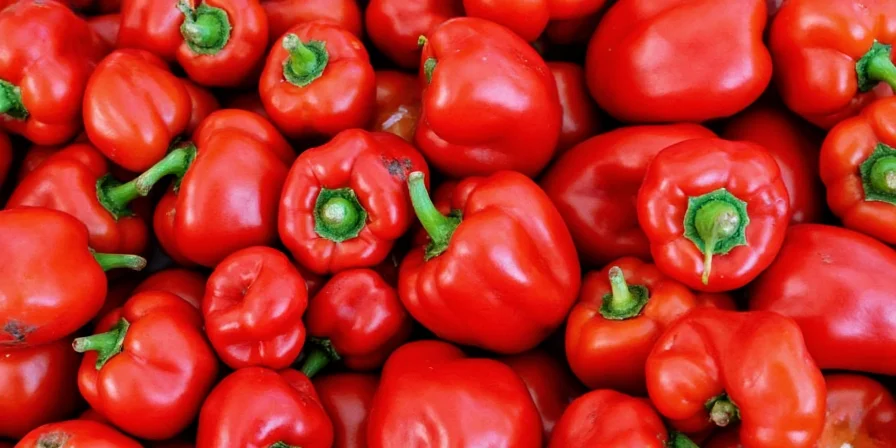
Table of Contents
- What Is Paprika Anyway?
- The Many Faces of Paprika
- How to Use Paprika Like a Pro
- Is Paprika Healthy?
- Buying & Storing Tips
- Common Paprika Myths Busted
- Final Thoughts
What Is Paprika Anyway?
If you’ve ever opened a bottle of red-orange powder and wondered, “What even is this stuff?” — welcome to the paprika party.
Paprika is a spice made by grinding dried sweet peppers (Capsicum annuum) into a fine powder. It’s native to Central and South America but found its fame in Hungarian and Spanish cuisines. Yep, this one spice has two major identities — more on that later!
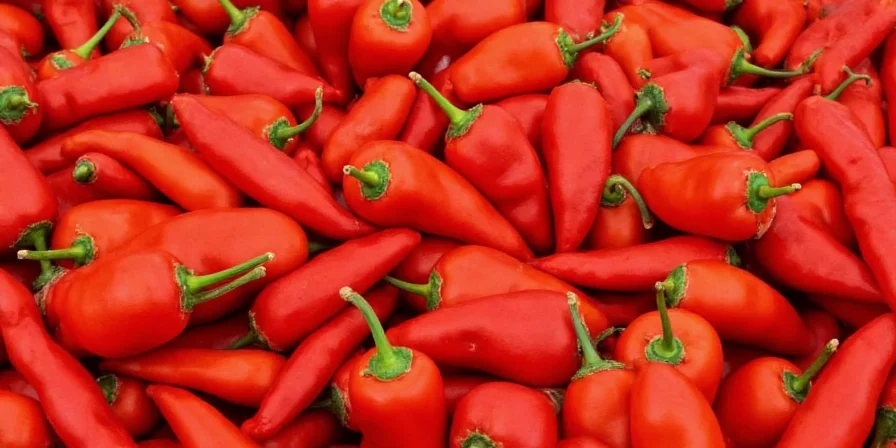
The Many Faces of Paprika
Here's where things get interesting — not all paprikas are created equal. In fact, they come in a whole spectrum of flavors and heat levels:
- Sweet Paprika – Mild and slightly fruity, perfect for adding color without fire.
- Smoked Paprika – Made by drying peppers over oak fires; smoky and deeply flavorful. AKA bacon in powder form.
- Hot Paprika – Packed with spicy kick from added chili seeds. Not messing around here!
Quick Comparison Table
| Type | Heat Level | Best For |
|---|---|---|
| Sweet Paprika | Low | Adding color and mild flavor |
| Smoked Paprika | Low-Medium | Smoky depth in meats, stews, soups |
| Hot Paprika | Medium-High | Kickin’ up heat in dishes |
How to Use Paprika Like a Pro
You don’t need a PhD to use paprika like a chef. Just follow these simple yet genius tricks:
- Boost Rice & Grains: Stir a pinch into rice or couscous before cooking for an instant glow-up.
- Add Smoke Without Fire: Smoked paprika mimics grilled flavors — perfect for indoor cooking.
- Elevate Roasted Veggies: Toss carrots, potatoes, or cauliflower in oil and paprika before roasting. Caramelized perfection!
- Sprinkle on Eggs: Scrambled eggs, shakshuka, or deviled eggs go from “meh” to “more!” with paprika.
- Make Your Own Spice Blends: Paprika is a key player in blends like za’atar, Old Bay, and Hungarian goulash seasoning.
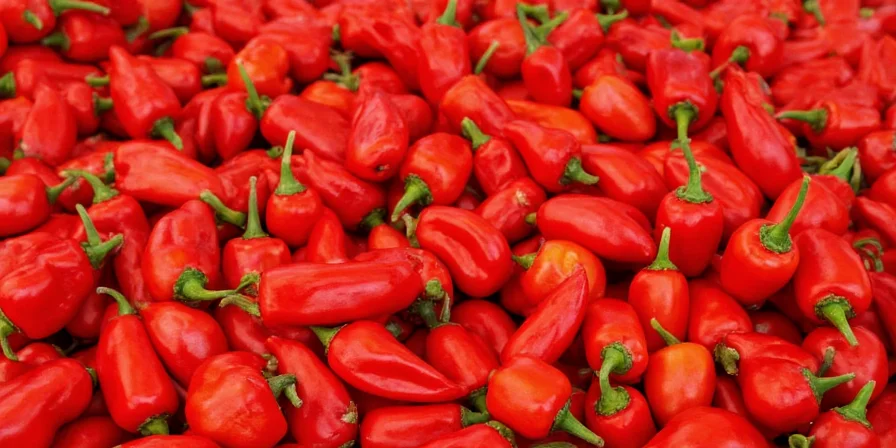
Is Paprika Healthy?
Yes! Paprika isn’t just pretty to look at — it comes loaded with nutrients and antioxidants. Let’s break down the sciencey part:
- Vitamin A: Supports eye health and immune function.
- Vitamin E: A skin-loving antioxidant.
- Lycopene & Capsanthin: Powerful pigments that act as antioxidants and may reduce inflammation.
Plus, some studies suggest that capsaicin — the compound responsible for heat in hot paprika — may boost metabolism and aid digestion.
Buying & Storing Tips
Paprika is affordable and shelf-stable, but to keep its color and potency alive, follow these golden rules:
- Buy in Small Quantities: Spices lose flavor over time, so buy what you’ll use within 6–12 months.
- Check the Label: Look for pure paprika without fillers or additives.
- Store Smartly: Keep it in a cool, dark place — away from heat and sunlight.
- Don’t Refrigerate: Moisture = flavor killer. Unless your kitchen is super humid, room temp is best.
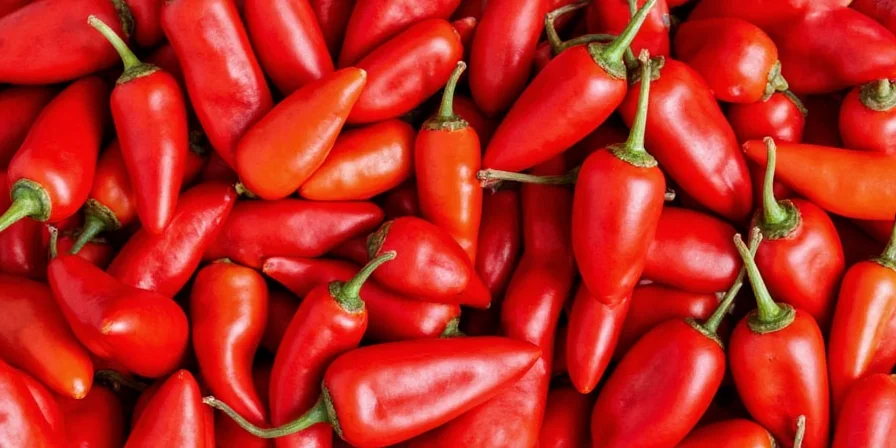
Common Paprika Myths Busted
Let’s clear the air with some myth-busting:
- Myth #1: Paprika is always spicy.
Reality: Most paprika is sweet or mild. Only hot paprika packs heat! - Myth #2: All smoked paprika tastes the same.
Reality: Different regions and wood-smoking techniques create unique flavor profiles. - Myth #3: You can substitute chili powder easily.
Reality: They’re not interchangeable. Chili powder is usually hotter and spicier.
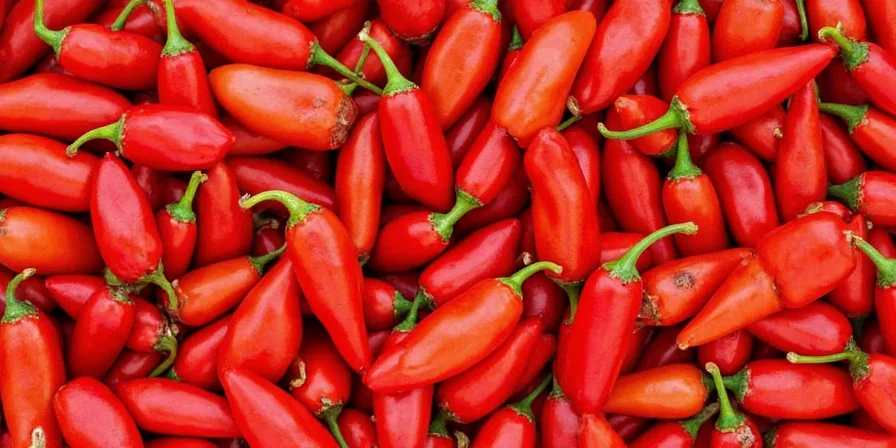
Final Thoughts
So there you have it — paprika is far more than just a colorful sprinkle on top of deviled eggs. It’s got history, variety, and culinary magic packed into every spoonful. Whether you're going sweet, smoked, or spicy, paprika is the underdog of the spice rack that deserves center stage.
Now go forth, shake things up, and remember:
“With great paprika comes great flavor responsibility.”
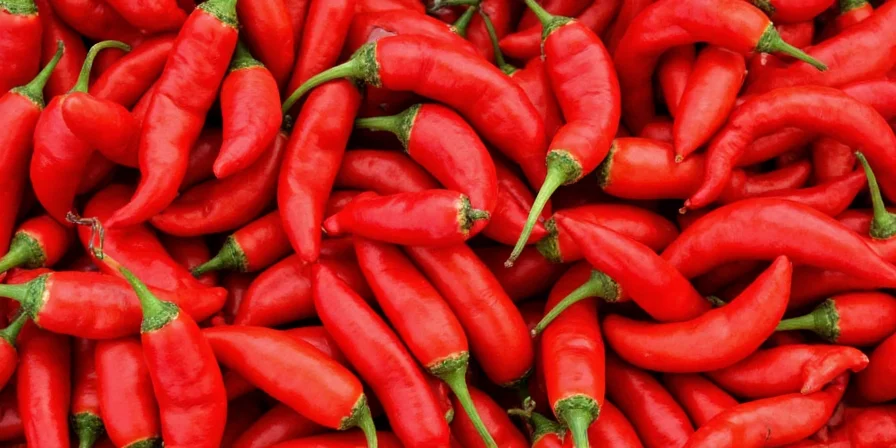

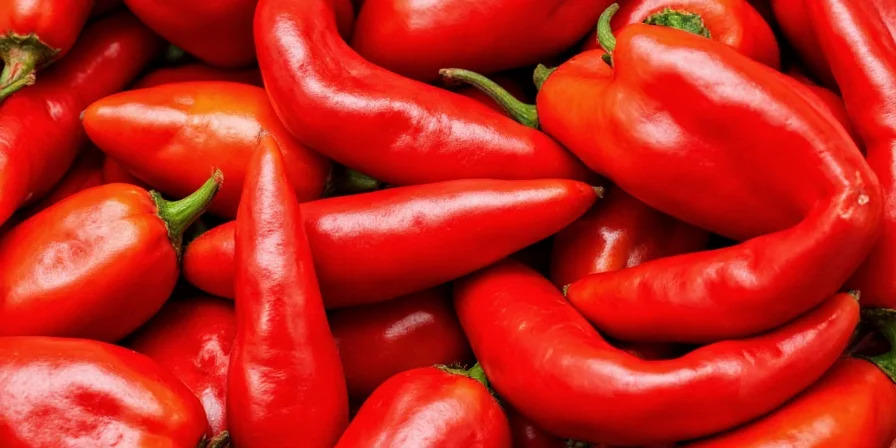









 浙公网安备
33010002000092号
浙公网安备
33010002000092号 浙B2-20120091-4
浙B2-20120091-4